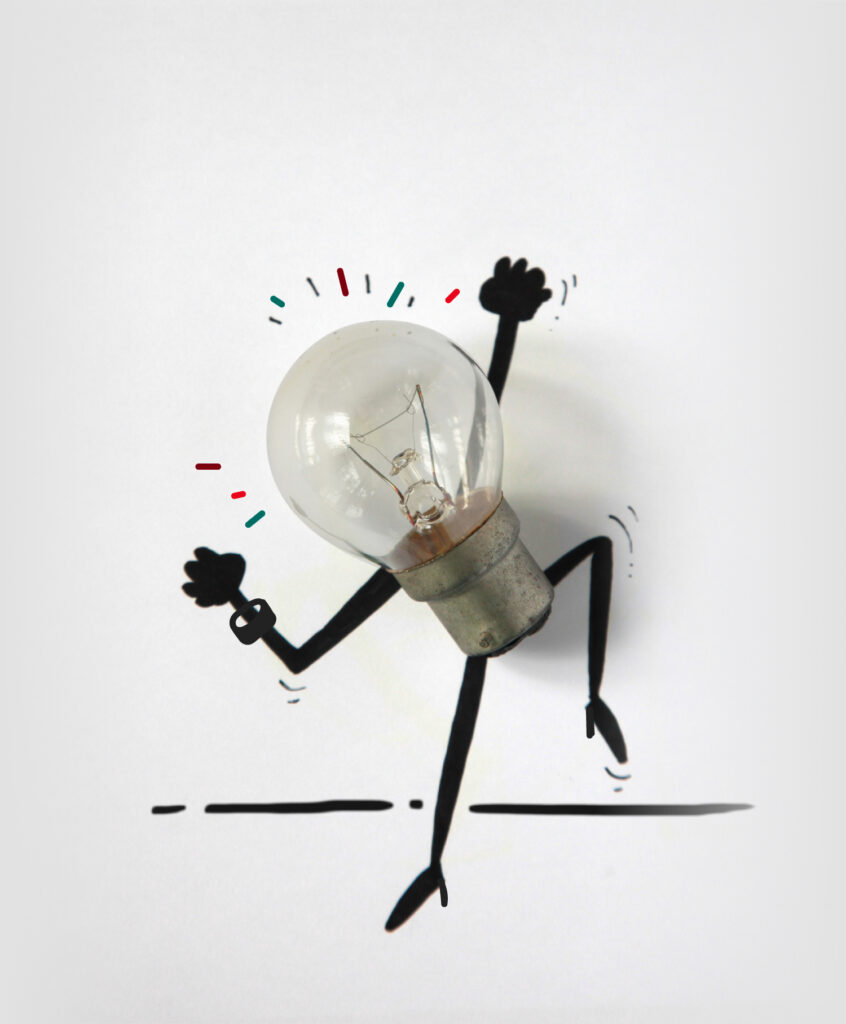We’ve all heard stories — and experienced it ourselves — of two people immediately hitting it off, perhaps even falling in love at first sight. This instant attraction, often referred to as “chemistry”, is a mutual feeling of connection that transcends the spoken word. Chemistry doesn’t have to be romantic. It can happen anytime we encounter someone new, even through our work. Have you ever met someone at a trade show with whom you clicked immediately? Or looked forward to working with a client that seems to “get it”?
Some attribute chemistry to intuition, others think it a result of compatible pheromones. Whatever the cause, these feelings of connection happen to almost all of us. And while it is exciting to experience a bond with another person, never mistake chemistry for a sales strategy.
Let’s say you are at a trade show where you have a conversation with someone you feel drawn to. He responds in kind, and you have a great interaction that moves him to the top of your prospect list. Once back at the office, you follow-up with your new contact, but your emails and phone calls go unanswered. You begin to question your trade show exchange: “Was I mistaken? Didn’t we have a connection?”
So what happened? Your trade show prospect went back to their office and was immediately overwhelmed with other priorities — a backlog of emails, a report due to his boss, a project deadline — that delayed a response to you. While reconnecting is at the top of your to-do list, it falls toward the end of his as he works through more pressing matters.
Having chemistry with a prospect is a great first step towards making a sale. Let’s face it, we all prefer to work with people we like. However, that bond is not a reason to ditch your normal sales process. Chemistry needs confirmation. Just as an enjoyable first date does not always end in a relationship, connecting with a person may not translate to dollars, nor does a good meeting guarantee a sale (or another interaction).
How do you avoid losing the trade show prospect once they’ve returned to their office? Your sales strategy cannot rely on chemistry to move forward. Rather, you must confirm there is a next step in the sales process that includes you. This means, while you have the opportunity, getting information that will move you into the “courtship” phase of your relationship.
Whether you’re following up from a trade show or sales meeting, ask your prospect 3-4 of the questions below to solidify next steps in the sales process:
- What are your next steps to evaluate what you have seen/heard here?
- Can we set up a call for next week? Let’s go ahead and get it on our calendars.
- Who will make the final decision on what you purchase? Who else influences your selection?
- Are you planning to make a decision in the next 10 days? When should I expect to hear from you?
- How does our product compare with others you have seen?
- Where do we stand in relation to the competition? Is our proposal/product among your top three contenders?
Chemistry is an asset in the selling process, but don’t confuse it with a sales strategy. A positive interaction must be followed up with a confirmed next step to get you closer to a sale. Sales is like dating: it takes multiple dates in the courtship phase to get to a long-term relationship!


